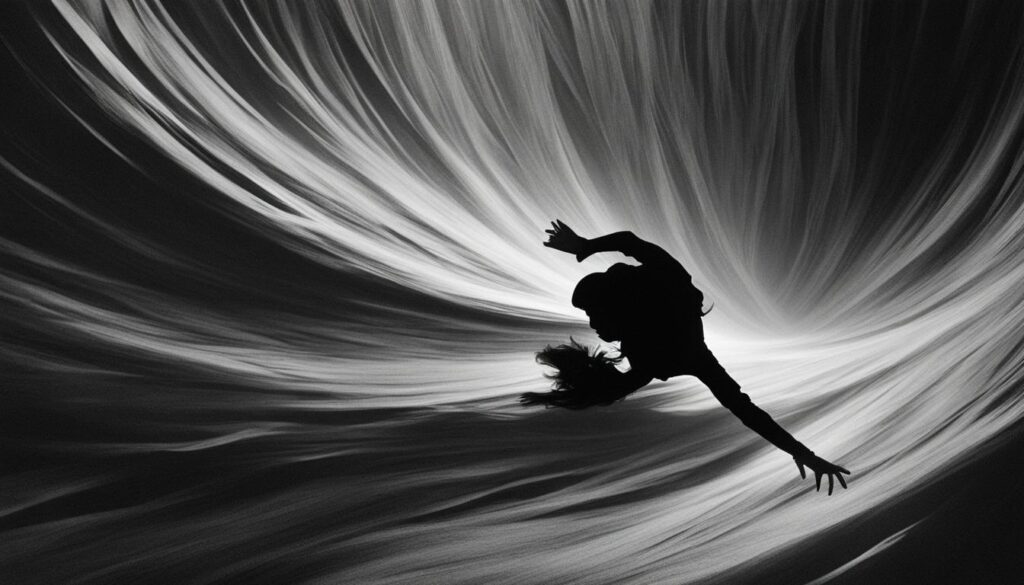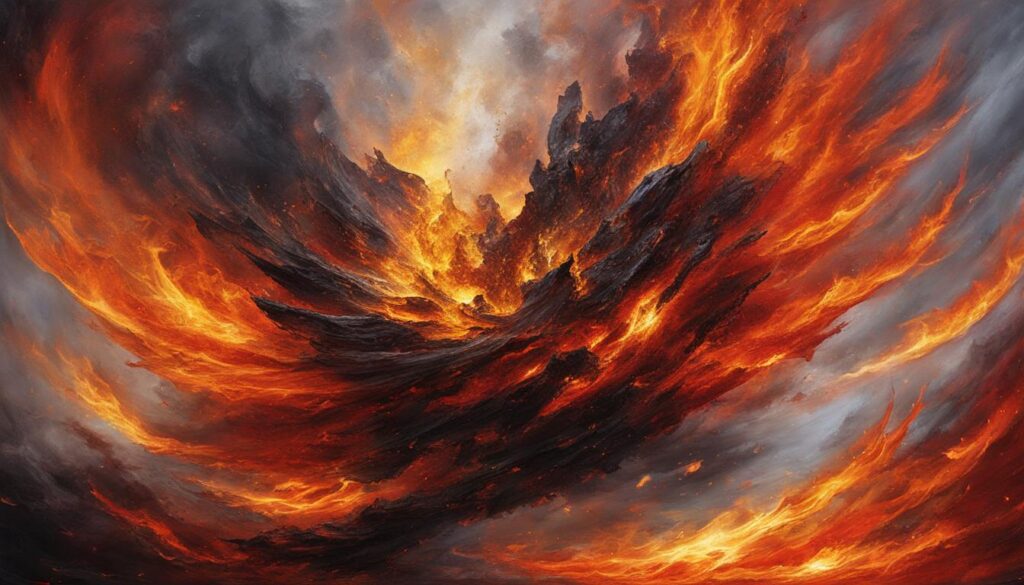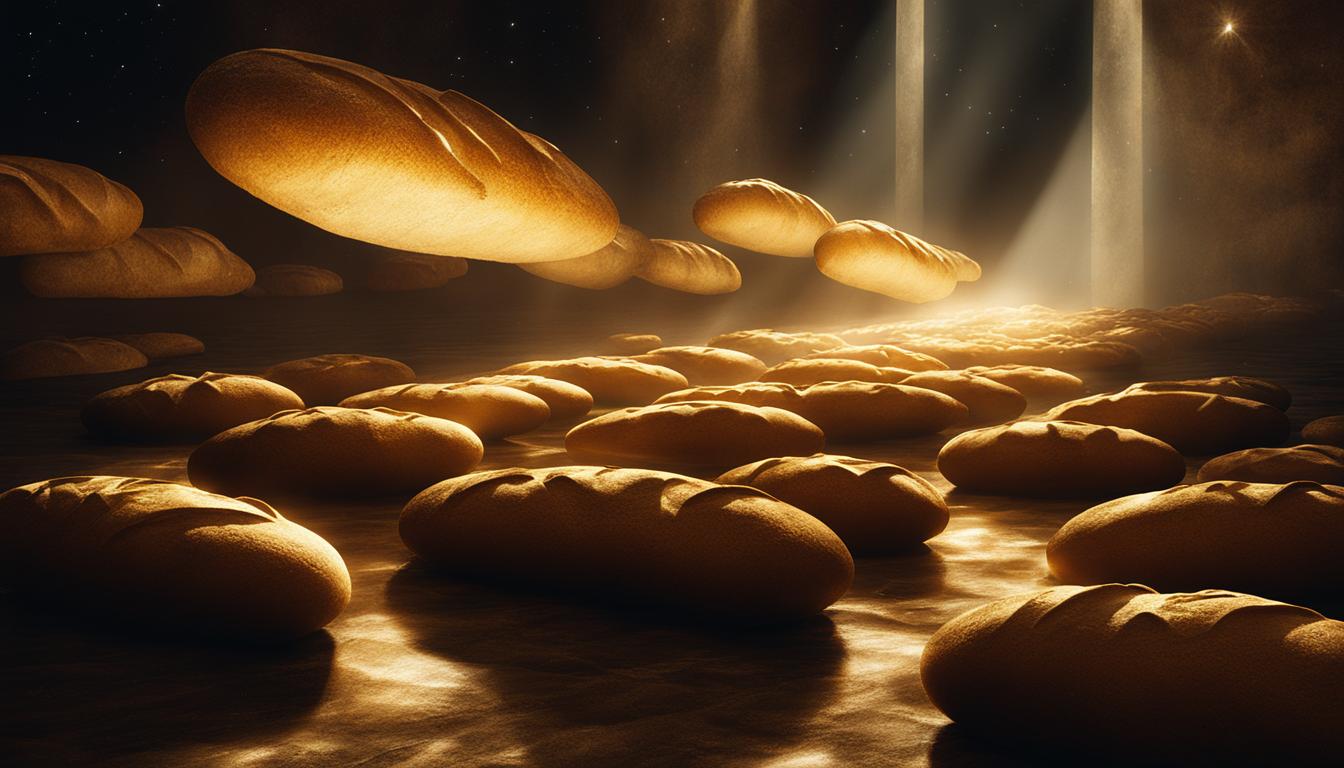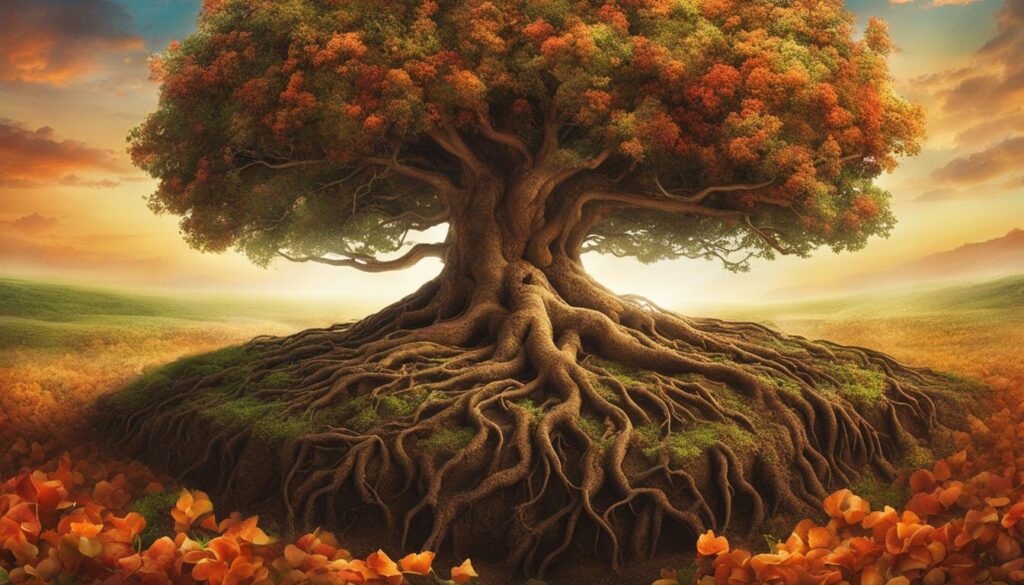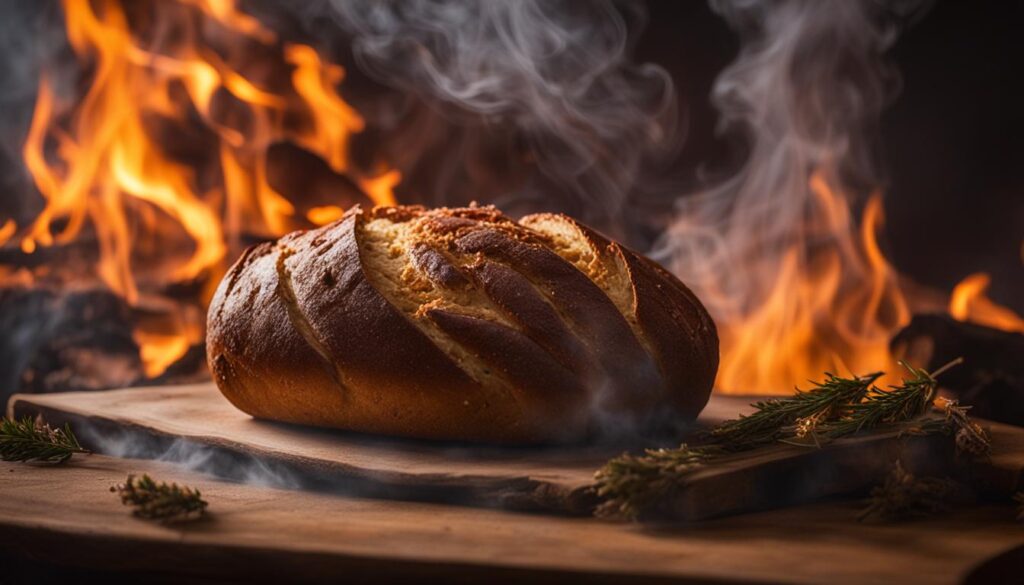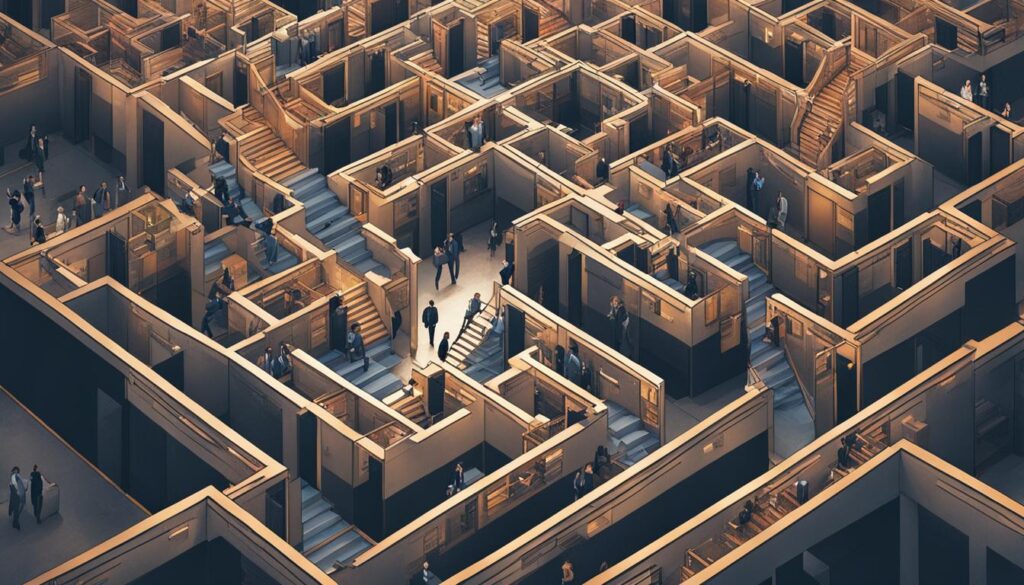Tarot cards have been used for centuries as a tool for divination and spiritual exploration. Their beautiful imagery and symbolic meanings can provide valuable insights into the past, present, and future. However, many people are intimidated by the idea of learning to read tarot cards. It can seem daunting to try to make sense of the intricate symbolism and arcane meanings of the cards. But with the right approach, anyone can learn to read tarot cards with confidence.
Understanding the Basics of Tarot
Before diving into the practice of reading tarot cards, it’s important to have a basic understanding of what the tarot is and how it can be used. The tarot is a deck of 78 cards, divided into two main categories: the Major Arcana and the Minor Arcana. The Major Arcana consists of 22 cards, each of which represents a significant life lesson or spiritual theme. The Minor Arcana consists of 56 cards, divided into four suits (Cups, Swords, Pentacles, and Wands), each of which corresponds to a different element and aspect of daily life.
In addition to understanding the structure of the tarot deck, it’s also important to recognize that tarot cards are not magical or supernatural. Instead, they are a tool for tapping into the collective unconscious and accessing the wisdom of the subconscious mind. When used with intention and respect, tarot cards can provide valuable guidance and insight.
Choosing the Right Tarot Deck
One of the most important steps in learning to read tarot cards is choosing the right deck. There are literally hundreds of different tarot decks available, each with its own unique artwork and symbolism. When selecting a deck, it’s essential to choose one that resonates with you on a personal level. Look for a deck that speaks to you visually and intuitively, and that aligns with your own spiritual or aesthetic preferences.
Many beginners start with the classic Rider-Waite-Smith deck, which features traditional imagery and symbolism that is easy to understand and interpret. However, there are many other decks to choose from, ranging from modern and abstract to traditional and mystical. Take the time to explore different decks and find one that feels comfortable and inspiring to you.
Learning the Meanings of the Cards
Once you have chosen a tarot deck, the next step is to familiarize yourself with the meanings of the cards. Each card in the tarot deck has its own unique symbolism and interpretation, which can vary depending on the context of a reading. There are many resources available to help you learn the meanings of the cards, including books, online articles, and workshops.
One popular approach to learning the meanings of the tarot cards is to work with a daily tarot card practice. Each day, draw a single card from your deck and spend some time meditating on its imagery and symbolism. Consider how the card’s themes and messages might relate to your own life, and keep a journal to record your thoughts and impressions. Over time, this daily practice can help you develop a deep and intuitive understanding of the tarot cards.
Developing Your Intuition
In addition to learning the traditional meanings of the tarot cards, it’s important to develop your own intuitive connection to the cards. Tarot reading is as much an art as it is a science, and intuition plays a crucial role in interpreting the messages of the cards.
One way to develop your intuition is to practice reading for yourself and others. Start by doing simple three-card spreads to explore different aspects of a situation or question. As you become more comfortable with the cards, you can experiment with more complex spreads and readings. Pay attention to the feelings and impressions that arise as you work with the cards, and trust your instincts as you interpret their messages.
Practicing Self-Care and Boundaries
As you begin to read tarot cards for yourself and others, it’s important to set healthy boundaries and practice self-care. Tarot reading can be an emotionally intense and deeply personal experience, both for the reader and the querent. It’s important to approach the practice with sensitivity and compassion, and to create a safe and supportive space for exploration.
Before each reading, take a moment to ground and center yourself, and set your intention for the session. If you ever feel overwhelmed or drained by a reading, it’s okay to take a step back and practice self-care. This might involve taking a break from reading, seeking support from a mentor or community, or engaging in activities that help you recharge and replenish your energy.
Conclusion
Learning to read tarot cards can be a deeply rewarding and enriching experience, offering valuable insights and guidance for personal growth and spiritual exploration. By understanding the basics of tarot, choosing the right deck, learning the meanings of the cards, developing your intuition, and practicing self-care and boundaries, you can approach the practice of tarot reading with confidence and authenticity. With time and dedication, you can develop a deep and intuitive connection to the tarot, and use it as a powerful tool for self-discovery and transformation.
The History of Tarot
The history of Tarot is long and complex, with origins dating back to the 15th century in Europe. The cards were originally used for playing games, but over time they evolved into a tool for spiritual and psychological insight. The imagery on Tarot cards is rich with symbolism, drawing from a variety of cultural and mystical traditions. In the 18th century, Tarot began to be associated with fortune-telling and divination, and it has since become a popular method for gaining insight into the past, present, and future.
Choosing a Tarot Deck
There are countless Tarot decks available, each with its own unique imagery and symbolism. When choosing a deck, it’s important to find one that resonates with you on a personal level. Some decks follow traditional Tarot symbolism closely, while others take a more modern or artistic approach. Consider the imagery and style of a deck, and choose one that speaks to you. Many beginners start with the Rider-Waite-Smith deck, as it is widely considered to be the standard deck for beginners.
Learning and Interpreting the Cards
Learning to interpret the Tarot cards is a journey that takes time and practice. Each card in the deck has its own symbolism and meaning, and knowing how to interpret these meanings in the context of a reading is essential. There are many different methods for learning the Tarot, from studying books and online resources to participating in workshops and classes. It’s important to find a method that works for you and to practice regularly. Over time, you’ll develop a deeper understanding of the cards and their meanings, allowing you to read with confidence.
Reading Tarot with Confidence
Confidence is key when it comes to reading Tarot cards. Trusting your intuition and interpretation of the cards is essential, and the more you practice, the more confident you will become. It’s important to remember that Tarot readings are not set in stone and are open to interpretation. As you become more comfortable with the cards, you’ll find that your readings become more accurate and insightful. Ultimately, the key to reading Tarot with confidence is to trust yourself and your abilities as a reader.
Understanding the Tarot
Before diving into the world of tarot card reading, it’s essential to have a basic understanding of the tarot deck itself. The traditional tarot deck is made up of 78 cards, divided into two main sections: the Major Arcana and the Minor Arcana. The Major Arcana consists of 22 cards, each representing a different stage of the Fool’s journey, while the Minor Arcana includes 56 cards divided into four suits: Cups, Pentacles, Swords, and Wands. Each suit represents a different aspect of life, such as emotions, material wealth, intellectual pursuits, and creativity. Understanding the symbolism and meaning behind each card is crucial to becoming a proficient tarot card reader.
Developing Intuition
While it’s important to have a solid grasp of the traditional meanings of the tarot cards, it’s equally important to tap into your intuition when interpreting the cards. Developing intuition is a key aspect of reading tarot cards with confidence. Intuition can be cultivated through regular practice, meditation, and connecting with the cards on a deeper level. Trusting your gut instincts and allowing your intuition to guide you in your readings can lead to more insightful and meaningful interpretations. It’s important to remember that tarot reading is as much an art as it is a science, and intuition plays a significant role in the process.
Interpreting Spreads
Once you have a good understanding of the tarot deck and have developed your intuition, you can start practicing different tarot spreads. Tarot spreads are the arrangements of cards laid out in a specific pattern, each with its unique meaning and significance. Some common tarot spreads include the Celtic Cross, the Three-Card Spread, and the Horseshoe Spread, among others. Each spread offers a different perspective on the question or issue at hand, and learning how to interpret these spreads is an essential skill for any tarot card reader. It’s important to remember that there is no right or wrong way to interpret a tarot spread; it’s all about using your intuition and the card’s symbolism to derive meaning and insight.
Final Thoughts
Reading tarot cards with confidence is a journey that requires time, dedication, and practice. It’s essential to approach tarot card reading with an open mind and a willingness to learn and grow. Remember that tarot reading is a personal and subjective practice, and each reader may have their unique approach and interpretation. As you continue to hone your skills and deepen your understanding of the tarot, trust in your intuition and the guidance of the cards. With time and practice, you will develop the confidence and proficiency to read tarot cards with ease and insight. Embrace the journey and enjoy the wisdom and guidance that the tarot has to offer.

